How to Choose Card stock
Choosing the right cardstock paper for your project can be overwhelming with so many different options available. The type of paper you choose can make a big difference in the overall look and feel of your project. In this blog post, we'll provide some tips on how to choose the right cardstock paper for your project.
Consider the Weight
Stock paper comes in a variety of weights, ranging from light to heavy. The weight of the paper is measured in pounds or grams per square meter (GSM). The higher the weight, the thicker and sturdier the paper will be. When choosing a cardstock weight, consider the purpose of your project. A lighter-weight cardstock, such as 65 lb. or 80 lb., is suitable for lightweight projects such as cardmaking or scrapbooking. A heavier weight, such as 110 lb. or 140 lb., is better for more durable and substantial projects such as gift boxes or invitations.

Choose the Right Finish
The finish of the card stock can also impact the appearance of your project. Cardstock paper comes in several different finishes, including matte, glossy, metallic, and textured. Matte cardstock has a smooth, non-reflective finish and is ideal for projects that require a clean, simple look. Glossy cardstock has a shiny, reflective finish and is perfect for projects that require a high-impact look, such as photo albums or party invitations. Metallic card stock has a shiny, metallic finish that gives projects a luxurious look. Textured card stock has a raised or embossed finish that adds dimension and interest to projects.
Look for Acid-Free and Archival Quality
If you plan on displaying or preserving your project for a long time, it's important to choose cardstock paper that is acid-free and archival quality. Acid-free paper is pH neutral and does not contain any acidic substances that can cause the paper to yellow or deteriorate over time. Archival-quality paper is designed to resist fading, discoloration, and deterioration. It's important to look for these qualities, especially if you're creating keepsake projects such as scrapbooks or photo albums.

Consider Color and Pattern
Cardstock paper comes in a variety of colors and patterns. When choosing the color and pattern of your cardstock, consider the overall theme and purpose of your project. Solid-colored cardstock works well for simple and elegant projects, while patterned cardstock can add interest and variety to your projects. It's important to choose colors that complement each other and work well together.
Conclusion
Choosing the right cardstock paper for your project can make a big difference in the overall look and feel of your project. When choosing cardstock, consider the weight, finish, acid-free, archival quality, color, and pattern of the paper. By following these tips, you can ensure that you're choosing the right cardstock paper for your project and creating beautiful and high-quality projects.
Consider the Weight
Stock paper comes in a variety of weights, ranging from light to heavy. The weight of the paper is measured in pounds or grams per square meter (GSM). The higher the weight, the thicker and sturdier the paper will be. When choosing a cardstock weight, consider the purpose of your project. A lighter-weight cardstock, such as 65 lb. or 80 lb., is suitable for lightweight projects such as cardmaking or scrapbooking. A heavier weight, such as 110 lb. or 140 lb., is better for more durable and substantial projects such as gift boxes or invitations.

Choose the Right Finish
The finish of the card stock can also impact the appearance of your project. Cardstock paper comes in several different finishes, including matte, glossy, metallic, and textured. Matte cardstock has a smooth, non-reflective finish and is ideal for projects that require a clean, simple look. Glossy cardstock has a shiny, reflective finish and is perfect for projects that require a high-impact look, such as photo albums or party invitations. Metallic card stock has a shiny, metallic finish that gives projects a luxurious look. Textured card stock has a raised or embossed finish that adds dimension and interest to projects.
Look for Acid-Free and Archival Quality
If you plan on displaying or preserving your project for a long time, it's important to choose cardstock paper that is acid-free and archival quality. Acid-free paper is pH neutral and does not contain any acidic substances that can cause the paper to yellow or deteriorate over time. Archival-quality paper is designed to resist fading, discoloration, and deterioration. It's important to look for these qualities, especially if you're creating keepsake projects such as scrapbooks or photo albums.

Consider Color and Pattern
Cardstock paper comes in a variety of colors and patterns. When choosing the color and pattern of your cardstock, consider the overall theme and purpose of your project. Solid-colored cardstock works well for simple and elegant projects, while patterned cardstock can add interest and variety to your projects. It's important to choose colors that complement each other and work well together.
Conclusion
Choosing the right cardstock paper for your project can make a big difference in the overall look and feel of your project. When choosing cardstock, consider the weight, finish, acid-free, archival quality, color, and pattern of the paper. By following these tips, you can ensure that you're choosing the right cardstock paper for your project and creating beautiful and high-quality projects.





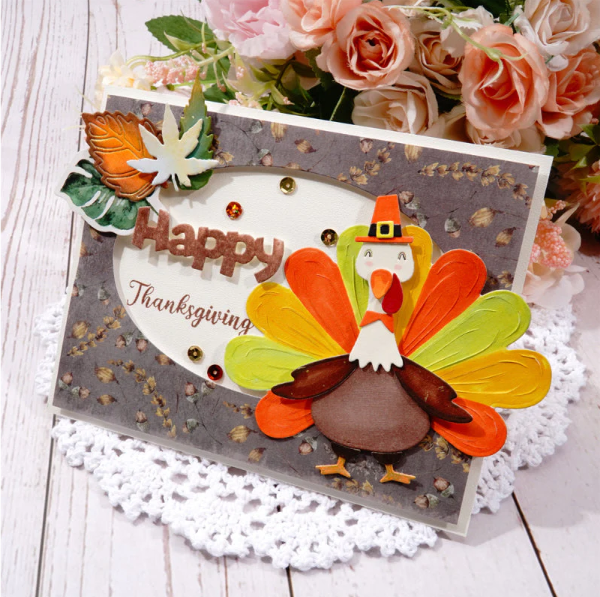
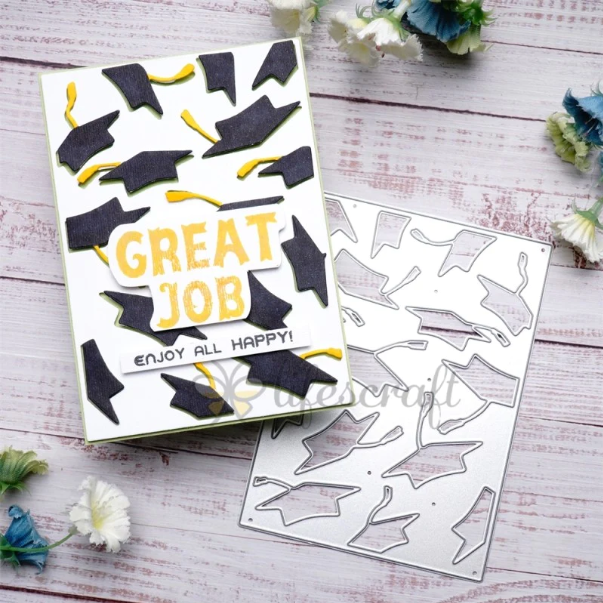


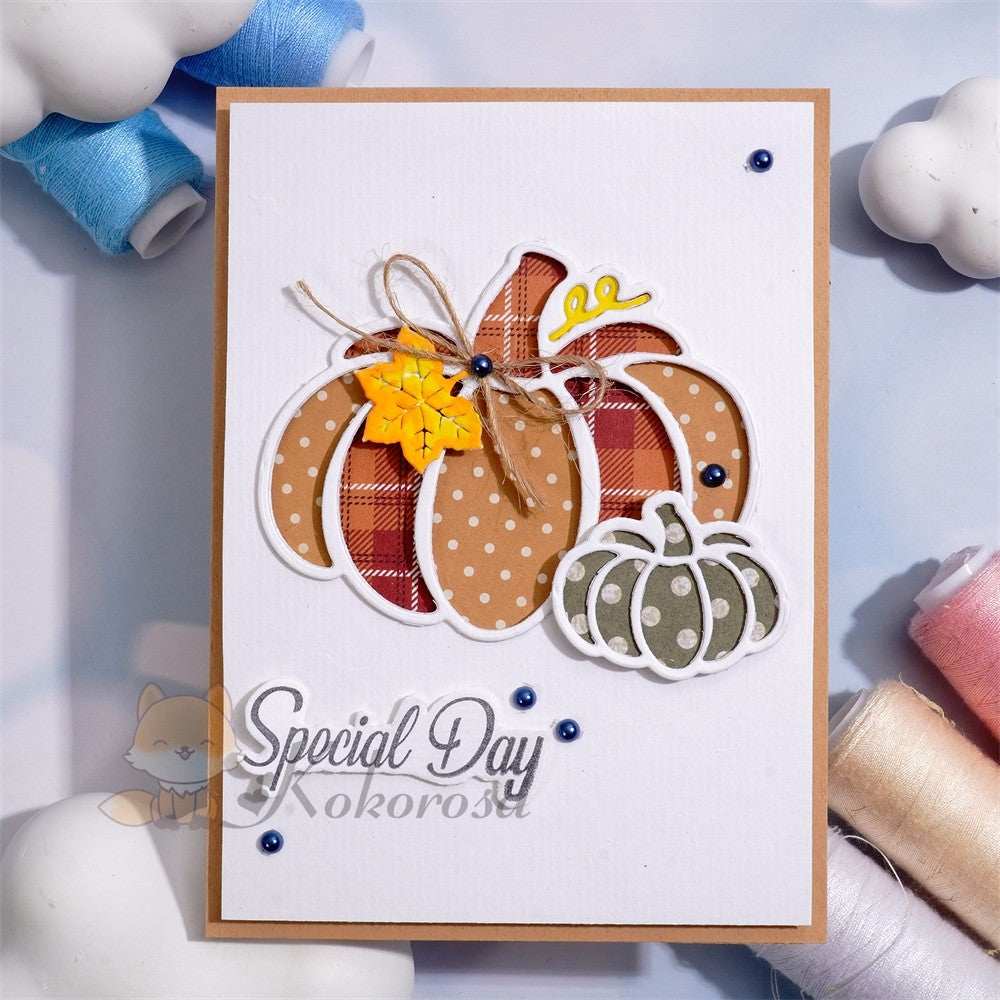

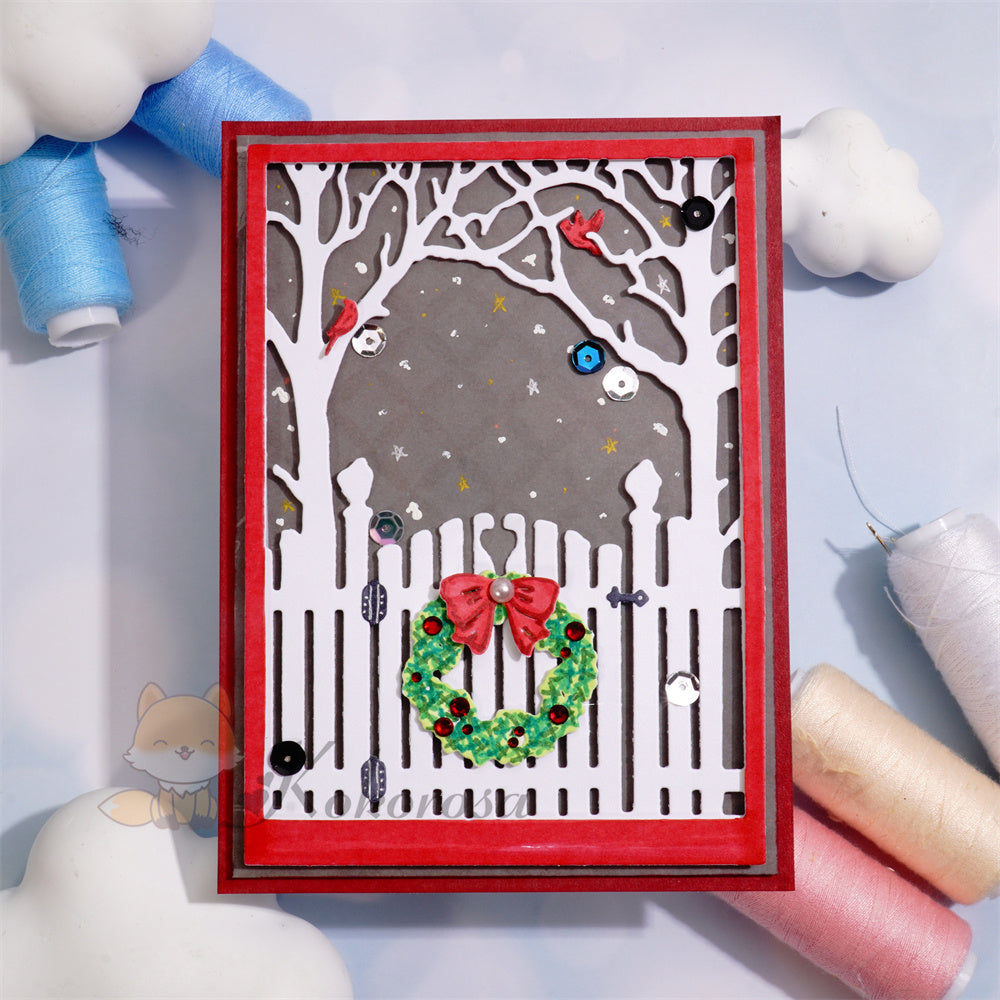
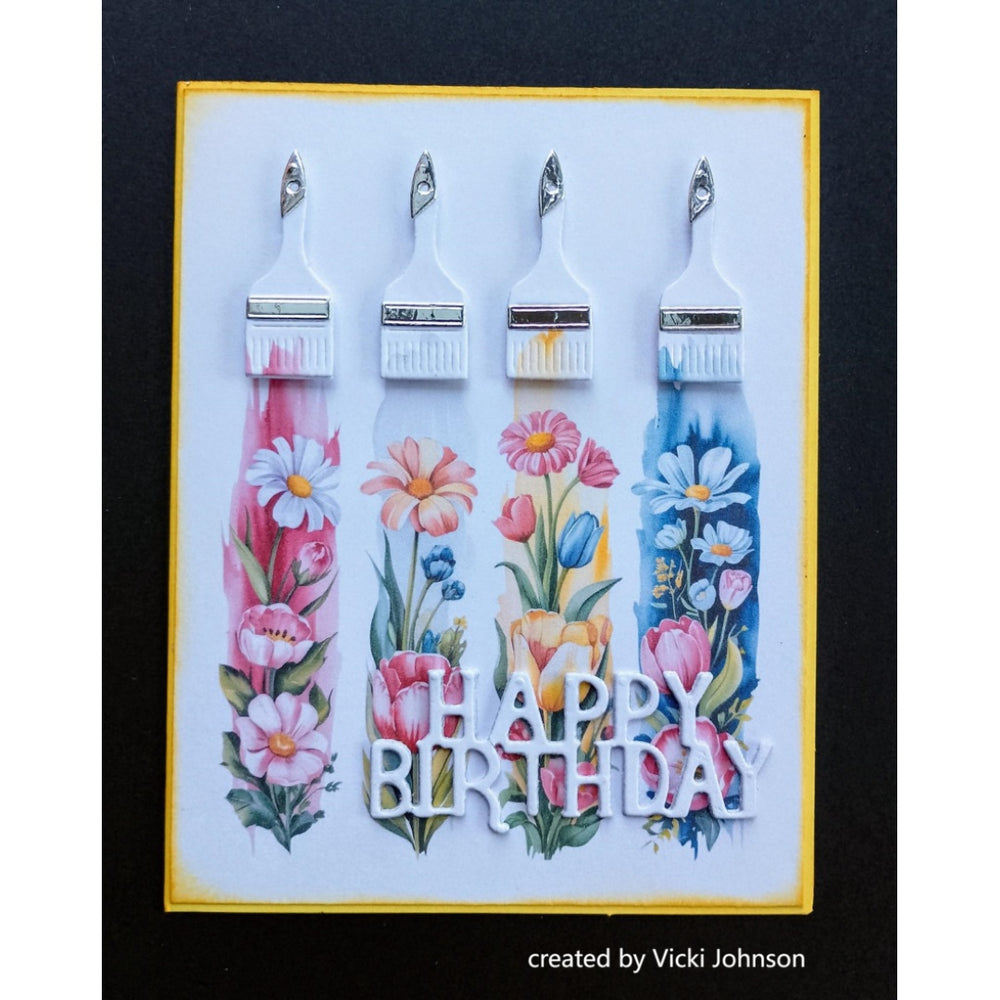
Leave a comment